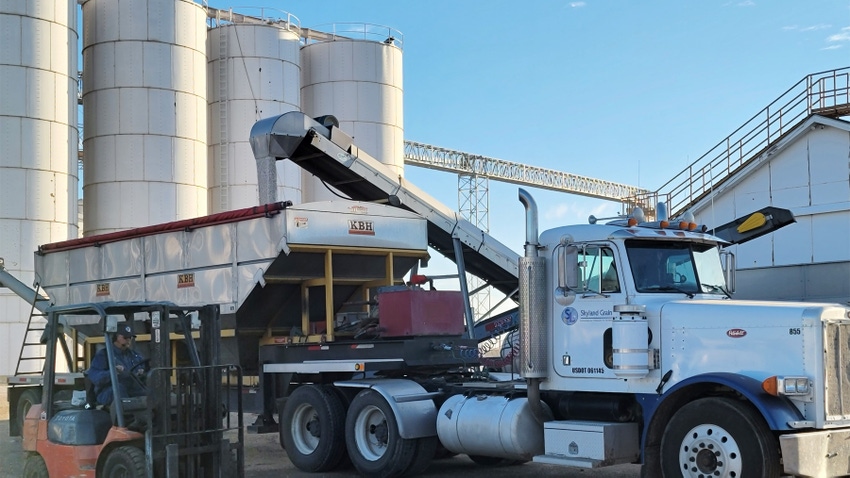March 13, 2023

Agricultural cooperatives are an important part of the U.S. agricultural industry. In 2020, the USDA counted 1,744 farmer-owned cooperatives with 9,500 locations, $200B in sales, $8.4B in net income and 1.8M members (USDA, 2021). Earlier USDA studies indicated that agricultural supply and marketing cooperatives contributed to slightly over 38% of total farm output, (USDA 2004, 2006). Despite their prevalence, many producers do not understand the cooperative business model. That is unfortunate because it may prevent them from understanding the economic value of existing cooperatives or considering the formation of new cooperatives to improve their farm profitability.
Cooperatives can add value at the farm level as well as at the cooperative level. That is a result of the cooperative having transactions with and providing service to its member-owners. In some cases, the existence of the cooperative allows producers to grow a more profitable crop. For example, in the cotton-producing regions of Oklahoma, OSU crop enterprise budgets have consistently shown a $100/acre profit advantage for cotton relative to alternative crops (Kenkel, 2021). This would not be possible without a cotton gin. Further, a producer-owned cooperative may maintain locations that investor-owned agribusinesses might abandon, or offer services or product lines that would otherwise not be available. Cooperatives can also create farm-level benefits through favorable prices. The common thread of all these benefits is that they are not reflected on the cooperative’s financial statements and the portion of farm profits attributable to the cooperative is not readily observable.
However, some benefits of a cooperative are more easily observable. Most agricultural cooperatives distribute profits to members in a combination of cash and equity (that is still redeemed for cash at a later date). A classic assessment of the return on investment in a cooperative compares the discounted value of member cash flows to value of the member equity (Reynolds, 2013). Bear in mind that an individual member’s return on equity is unique in that both the cash return and the equity holdings were a result of the amount of business they did with the cooperative. Thus, there was no out-of-pocket investment.
The revolving equity in a cooperative is, in essence, profits that are distributed to the member but temporarily lent back to the cooperative to fund investment. Revolving equity creates value by funding infrastructure investments that can enhance existing activities or create new value through market access, risk reduction or new services. In this way, revolving cooperative equity benefits existing members by enhancing future profits, and supports future generations of producers by ensuring the perpetuation of the business.
Perhaps most importantly, cooperatives play a role in keeping markets competitive. Many U.S. agricultural cooperatives were formed in the New Deal era to offset the market power of monopolists who threatened farmer welfare (Hogeland, 2006). The existence of these cooperatives kept other firms “honest” or realistic in prices and services. This aspect of the cooperative value package has often been termed “the invisible benefit of cooperatives”. Because it is unobservable, the value of a cooperative’s existence is often only appreciated when it is dissolved or exits a market area.
While a common feature in agricultural industries, the cooperative value equation is quite complex. Cooperative members can benefit at the farm level and from cooperative-level patronage distributions. Cash patronage distributions provide an immediate benefit while equity patronage distributions allow members to build ownership with no out-of-pocket investment. In turn, that equity funds infrastructure thereby creating future value. By its very existence, the cooperative is likely to improve market access and maintain competitive market prices.
When should a producer patronize a cooperative? When it makes economic sense! In making that assessment it is important to realize that some of the economic benefits are subtle and long-term. Like any business, we should not assume that cooperatives will be there if we do not support them.
Source: Southern Ag Today
About the Author(s)
You May Also Like




